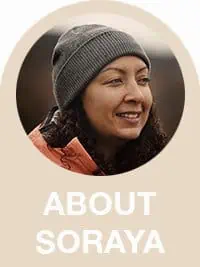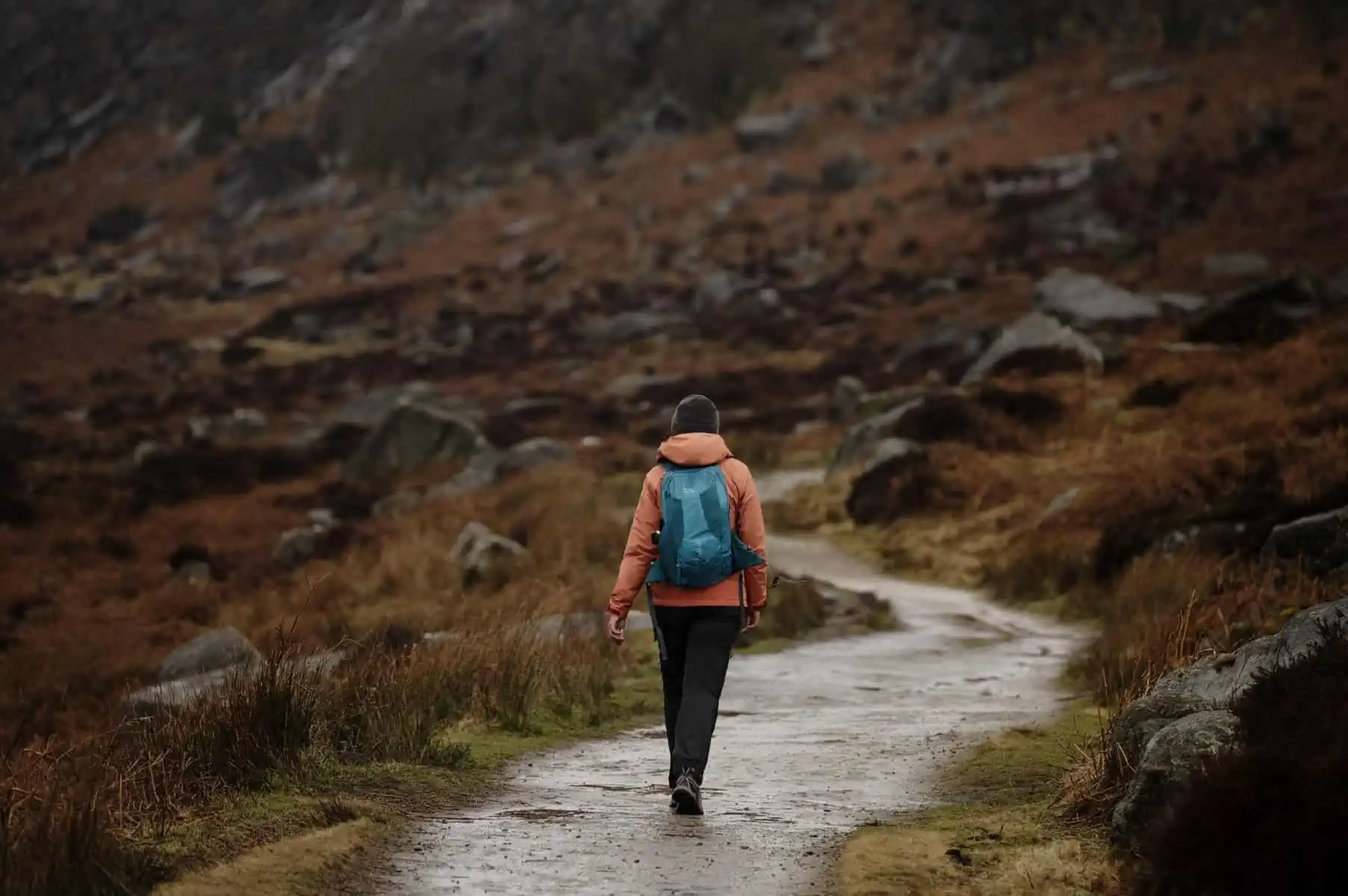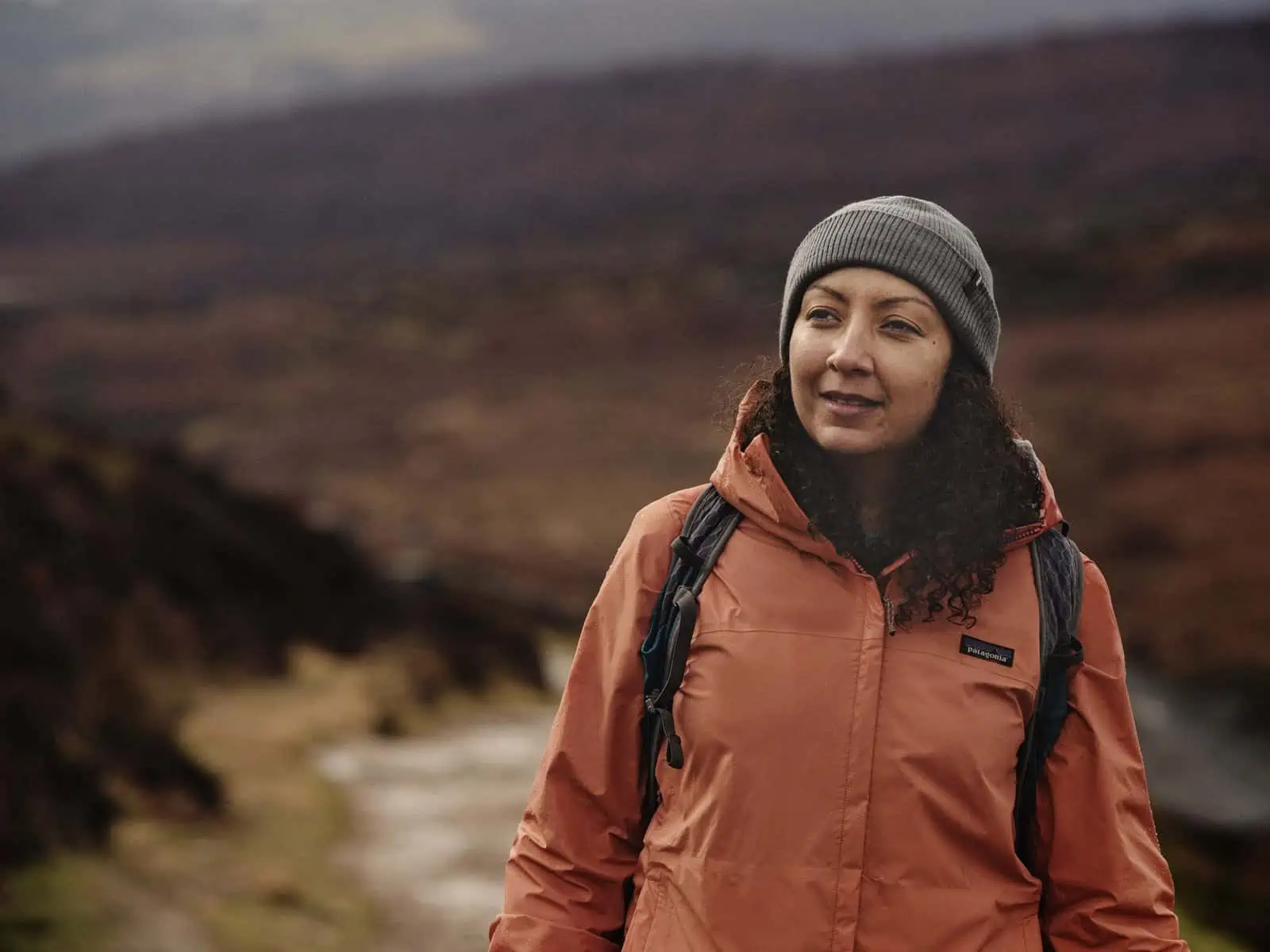In collaboration with Soraya Abdel-Hadi, an advocate for diversity in the UK outdoors and founder of All The Elements.
About the ‘Celebrate Our Diversity’ Guide
The lack of diversity and inclusivity in the outdoors is a genuine problem and much has been written around the issues that many people face in accessing the outdoors. However, it’s common to see this represented in simplified ways, as binary and as such, the ‘solutions’ that are offered do not fully address the problem, as the problem is complex and nuanced. There is no one size fits all solution to better access to the outdoors. The idea of celebrating our diversity comes from the concept that working towards solutions for better access and inclusion to the outdoors can yield cascading benefits: so something that’s put in place to help improve access for one group can actually help numerous different groups in different but often interconnecting ways.
Understanding the Current Landscape: What Are Some of the Barriers to the Outdoors?
Typically, the problem of diversity in the outdoors is often discussed in very simplified or ‘top line’ terms. Historically, outdoors pursuits have been associated with athletic white males – an association that was reinforced for many years. In recent years, this has started to change, and we are beginning to see representation diversity increasing in terms of gender, body types and levels of activity in advertising and, by extension, in the outdoors and travel media. However, this change – positive as it is – really only scratches the surface in terms of addressing the issue of diversity and the intersectional and different barriers that can be faced to the outdoors.
Barriers can come in all shapes and forms – and often manifest in unexpected ways. Whilst gender, ethnicity, and sexuality are often at the forefront of conversations we may see around diversity and accessibility to the outdoors, there are many other intersectional issues to be considered. Some of these can look like barriers you may never have considered yourself: transportation issues, physical and mental health, disability, age, affordability. The list goes on and on.
To many, the barriers that prevent getting into the outdoors are not always obvious. There are likely countless things you may take for granted or would not even consider that present immovable obstacles to others. It’s all too easy to see a narrative that suggests that the outdoors is there for everyone, and indeed, it should be. But dig deeper and you’ll quickly see that there are wide ranging and varied factors preventing people from enjoying the same access many people take for granted.
“In reality the majority of society in one way or another, at some point in their life, will face barriers to accessing our outdoor spaces. It’s often framed as a minority problem, but it really isn’t.”
— Soraya Abdel-Hadi
Soraya Abdel-Hadi is an award-winning writer, artist, sustainability professional, Co-Active coach and advocate for diversity in the UK outdoors. Soraya believes in taking a holistic approach to making the world a better place, and writes about sustainability, nature and adventure travel. Soraya received the Lonely Planet Sustainable Storyteller 2021 award and is founder of All The Elements – a non-profit network for those increasing diversity in the UK outdoors.
CREATING CHANGE AROUND THE THINGS YOU’RE PASSIONATE ABOUT
Getting started with activism and creating change can seem like daunting prospects. Where to start, what to focus on and time are all valid concerns when you know you want to use your voice for good. However, it doesn’t need to be this way and activism is often seen in a much different light to what it needs to be. Join Soraya as she shares her top tips to help you create change around the things you feel passionate about, and avoid burnout whilst doing so.
What is Intersectionality and Why is it Important?
Intersectionality is a model first outlined in 1989 by American lawyer and activist Kimberlé Crenshaw. Whilst it’s relevant to a number of different areas, it’s very useful for understanding the problem of diversity in the outdoors. In this context, intersectionality suggests that barriers to diversity do not occur in isolation and instead intersect and compound. Basically, the lack of diversity in the outdoors isn’t the product of a single problem but rather the net effect of numerous factors. Different groups – even different individuals within groups – will have a unique set of challenges that present them with barriers. Building on this, we can’t solve the problem of the lack of diversity in the outdoors simply by removing a single barrier, we must instead consider the whole picture and realise that rather than there being a single problem to solve, there is a whole network of interconnected issues to address. This is a daunting realisation for sure, but it also offers hope: factors that impact one group are also applicable to others, and work done in one area to help one group can have unexpected benefits for others too. ‘Accessible public transport will help those with disabilities (visible and invisible), those who cannot afford a car (limited financial means – which also has crossover with those with disabilities who cannot work and those who live in deprived areas) and those who live in inner city locations where they could afford a car but they don’t because it doesn’t make sense to.’ Says Soraya.
How Can we Enact Change to Make the Outdoors More Accessible?
The Celebrate our Diversity Guide Action Points:
Using Your Voice for Positive Change
Using our voices to promote positive change does not need to be a radical act but can be subtle and complimentary. We can all help develop the conversation and improve diversity in the outdoors. Using your voice to influence change doesn’t need to be as big or as complex as you may think it is, and it doesn’t mean we all have to dedicate our lives to promoting diversity. Adjustments to things we’re already doing or simple shifts can have a bigger impact than you may realise. It can be as simple as introducing a varied viewpoint to a conversation with friends that helps them think about an issue or idea in a way they may not have considered before. We don’t know what we don’t know and adding to helpful conversations can help to increase understanding. For example, it’s very easy to see posts on social media that talk about how getting into the outdoors is as simple as stepping outside, or that a walk in nature makes everything better, you can open a dialogue about how that is actually quite far from reality for many people. Listening to and understanding a wider range of concerns and access issues when it comes to diversification of the outdoors can help you become a better ally.
Validate Different Experiences
If someone from a diverse group or with a different viewpoint to you tells you about an issue they face, listen. This can take shape in a number of different forms – and within this, diversifying the voices you’re listening to, to change the rhetoric you’re surrounded with is vitally important. If you feel challenged by statements you’re hearing, realise this is a great opportunity to go deeper with your understanding around a certain issue. However, it’s important to remember that speaking up about issues can be exhausting and create a lot of emotional labour for the person speaking, so learning to do your own research rather than expecting to be educated can help to remove a sense that it’s just the job of those who experience diversity and access issues to advocate.
Thinking Critically and Outside Your Frame of Reference
It’s all too easy to think about the lack of diversity we see in the outdoors as a minority issue, but the truth is, many of the diversity issues we face in the outdoors aren’t as obvious to us as others are. We don’t always know somebody else’s story – we don’t know that the person we just walked past on the trail had to take multiple busses to be there. We don’t know that the person next to us on the trail may have had to wait months for that hike because it was a struggle for it to be affordable. It’s also important to remember that just because we don’t see someone outdoors, doesn’t mean that isn’t something that that particular group would want to enjoy. “You’ll know when it’s truly an accessible outdoors when the people accessing UK outdoor spaces are representative of all of UK society. If you are missing a demographic or if a demographic is wildly underrepresented, then you know that it’s not inclusive and that there are still barriers in place.” Says Soraya. Starting to critically think around the different barriers you can see in the outdoors is a good starting point. For example, on your next hike, consider how fences, stiles or walls could seriously prevent access for people with mobility access. Or consider how far the nearest bus stop or train station is from the trailhead car park you park at. These simple considerations can have a significant impact on our understanding of the issue of diversity in the outdoors, and over time can help us understand more and more of the issues that are faced. Our conscious understanding of this can help set up the framework for change.
Understand the Right to Enjoy Nature
Everyone has a right to enjoy the outdoors. However, for many minority groups, this seems to come with an expectation that there needs to be some extra justification for why they would choose to spend time in the outdoors. We should not have to give reasons for why we want to spend time outdoors beyond simply wanting to do it. This level of justification is not an essential part of diversity and the assumption that members of minority groups in the outdoors must have this is a form of prejudice.
Removing a Sense of Overwhelm From Allyship
Amplifying, understanding, and supporting groups and organisations doing fantastic work to break down barriers to diversity in the outdoors can help to use the privilege and agency you personally have for good. However, it can be difficult or perhaps feel overwhelming to know where to start or where to even discover groups like this, especially if you don’t know what you’re looking for. This can also prevent access too, as many people who want to get outdoors but struggle because of barriers they face, can’t find the resources, support or affinity groups they might need to help reduce or remove the barriers they face. Soraya founded All The Elements as a way to address this problem and to amplify the good work being done by groups and individuals working to diversify the Outdoors landscape. Their Outdoor Directory is a great place to discover groups across the UK who are working to improve outdoor diversity in a wide range of areas. The site also has a comprehensive resources section including funding opportunities and an extensive reading list of research articles.
The subject of diversity in the outdoors can seem extremely daunting and areas where many people may not even realise there is a problem that needs to be addressed. The subject involves many concepts and ways of approaching problems that may be unfamiliar to most people and this can make it doubly daunting. However, it’s absolutely an important topic. We’re sure that very few people want an outdoors experience that is not inclusive and it’s within all of our abilities to take small – and even not so small – step to help make the outdoors a more welcoming experience for all.
WANT TO LEARN MORE? VISIT THE MAIN ACCESSIBLE OUTDOORS GUIDE HUB:







